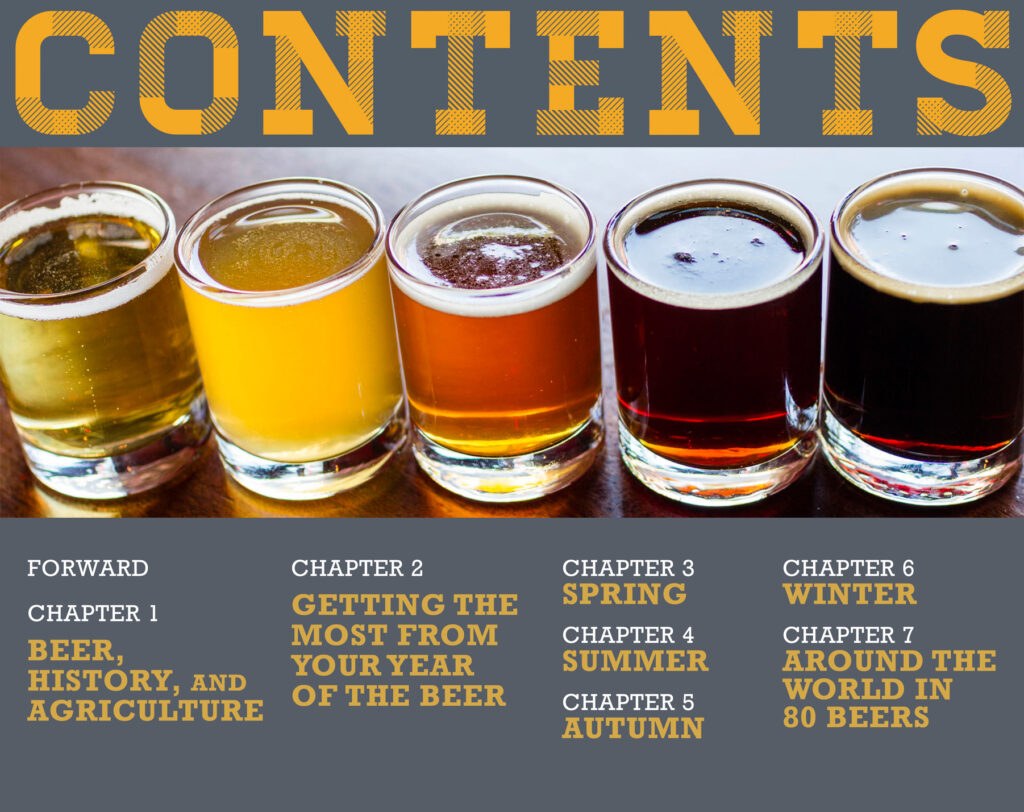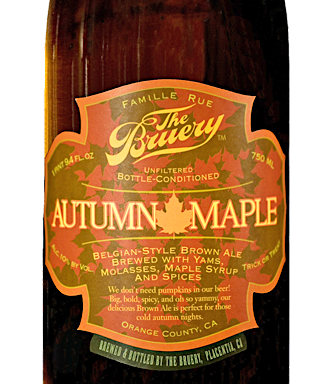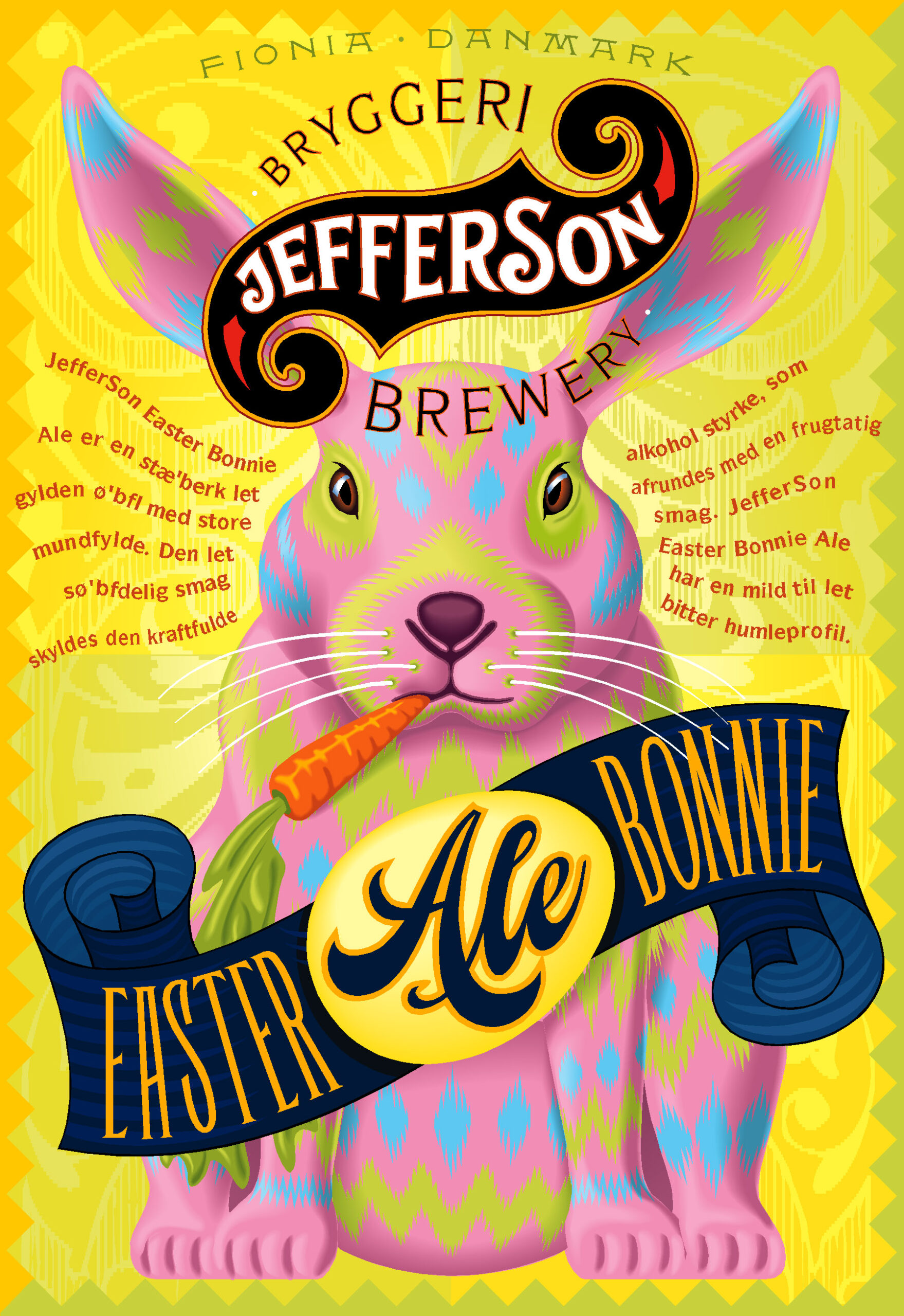A Beer for All Seasons

Foreword
By Greg Koch
CEO and co-founder, Stone Brewing Co.
Stone Brewing World Bistro & Gardens
This, at its core, is a subject I simultaneously embrace and find myself at odds with.
You see, a part of me loves the idea of seasonality in beer. I get to look forward to different flavor profiles coming and going with the leaves on the trees. And yet another part of me simply wants to drink any beer at any time I damn well please.
Before the craft-brewing revolution (and still today), where were some of the most famous stouts brewed? Why, they were all brewed in colder-climate countries, of course. Who wants to drink a 7% stout in a hot and humid climate? No one!
Oh, really? That’s not the case at all. In fact, I fibbed to you just a few sentences ago. I intentionally set you up to nod in agreement at a false statement. The truth is that before the craft-brewing revolution some of the most famous stronger stouts (strong by pre-craft-brewing standards, that is) were brewed in hot and humid countries. Lion Stout comes from Sri Lanka. Face-meltingly hot and humid southeast Asia has three major brands of 7%+ stouts. Dragon Stout, from Jamaica, comes in at 7.5% ABV.
I’ve often heard newly minted beer enthusiasts state with great authority that there are few greater faux pas than drinking a stout when the thermometer goes above 6-°F. They proclaim this without realizing that in much of the world a strong stout is not considered a seasonal beer. Hell, in those countries I mentioned they drink (a comparatively) large amount of strong stout and yet they barely even have seasons!
In some respects, the seasonality effect is quite similar to the origin effect. In short, nothing more than marketing hype that trades in the currency of imagined attributes over actual attributes and differentiation. No before you write this off as just another curmudgeonly Gregism, intent on ruining the warm and fuzzies that some folks get when they buy into these marketing schemes, stick with me here for a moment and I’ll explain.
Origin effect, or the imagination of it, is no better represented that in this question I like to ask at Japanese restaurants: What exactly is it about a beer brand that was started by Americans with a German brewer in Japan, later sold to the Japanese, and now brewed in Los Angeles, California, that makes said beer go better with sushi? Answer: the fact that people perceive it as a Japanese beer. There’s no actual demonstrative thing that makes that beer go better with that food.
Perhaps that’s why my favorite sushi restaurant in San Diego county focuses simply on hiring sushi chefs with talent and dedication, rather than by their ethnicity. That, and they only serve sustainable fish. And they also focus on craft beer. And organic produce. In other words, they focus on doing an excellent job, rather than playing into preconceived notions by some customers as to what a sushi restaurant should be. No wonder it’s a fantastic place.
And that, my friends, is the rub. Focus on excellence, as Randy does in his through-the-year survey of craft beers, and everything else falls into place. Focus on image, and you’ll be wading in shallower waters. And what’s the fun in that? Shallow waters are for toddlers.
The best of all worlds? Well, that’s in this delightful tome covering the occurrences when season, authenticity, and good taste all find themselves saddled up to the bar or dinner table at the same time.

I did relatively few custom graphics for this book, as they really weren’t required. I did take the liberty of incorporating a few images of seasonal beer and label designs I created. This is for the famous beer festival in Madison, Wisconsin, one of the best. © 2007, Madison Homebrewer’s and Taster’s Guild

One of the nearly a hundred or so labels I did for The Bruery in Placentia, California. ©2010, The Brewery, Placentia, CA

I created this fluffy, menacing rabbit for a Danish brewery, Ørbaek Bryggeri. © 2009, Ørbaek Bryggeri

